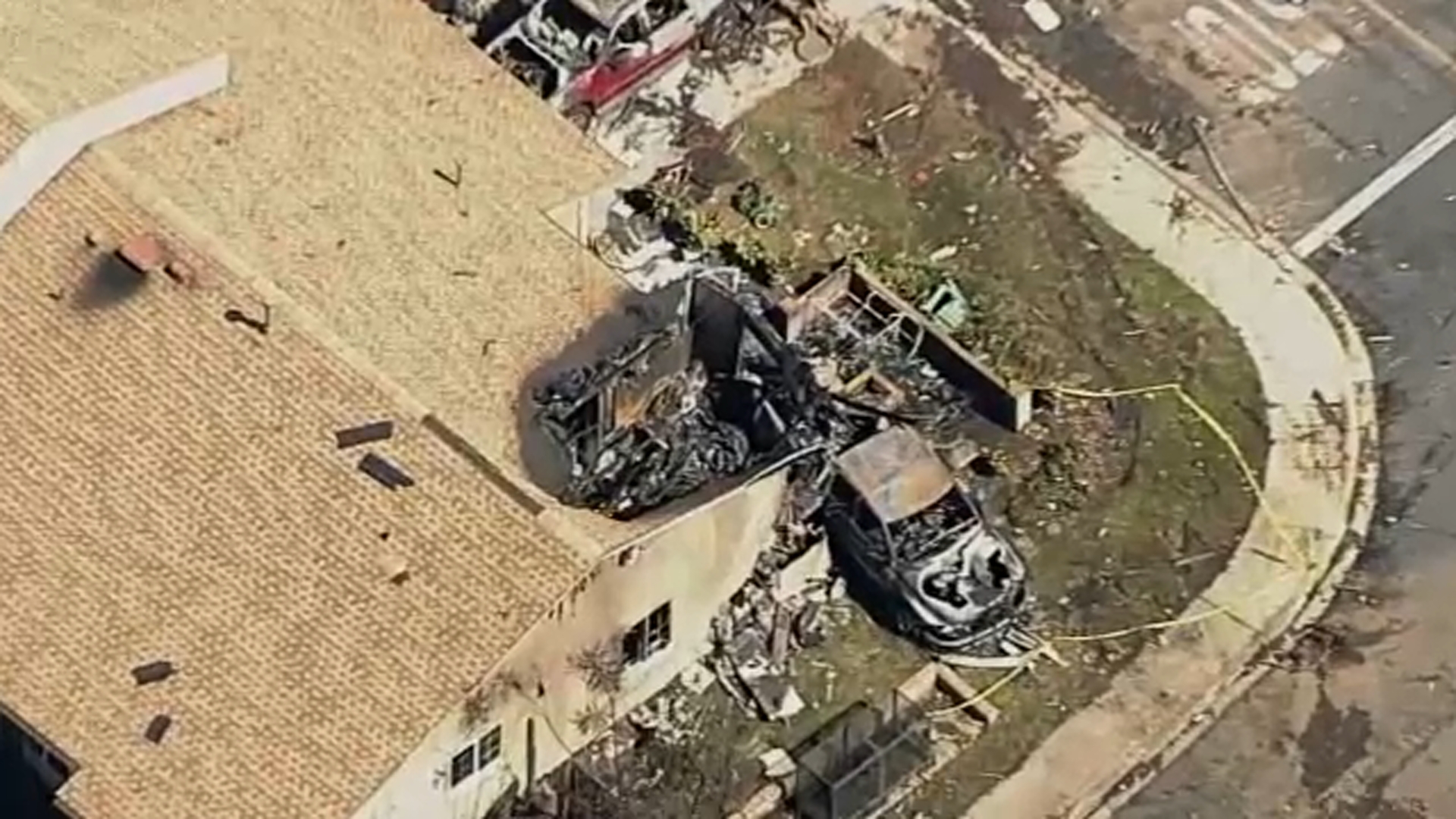Cutting-edge lidar technology promises self-driving cars possibly as soon as 2022

I got to take a ride in what looks like an average small SUV, but it's actually very different. It's equipped with an advanced lidar system. You may have heard the term before, but what exactly is lidar?
"What it does is send out laser pulses into the environment, bounces off an object, and comes back. And that way you know how far away everything is, in 3D," said Austin Russell, CEO of Luminar Technologies.
Luminar is busy showing off its breakthrough lidar unit. The difference with theirs? The entire exterior assembly is about the size of a wide front turn signal light, mounted to the center of the roof.
"We're doing away with the $100,000 roof rack full of sensing systems, and a supercomputer in the trunk, and having something that can be seamlessly integrated into a vehicle," noted Russell.
And this is what will likely accelerate self-driving cars coming to consumers. Yes, we've seen autonomous prototypes before, but with more crude technology. And of course, some people decided that their Teslas had self-driving capability with occasional disastrous results. Nothing available right now is truly self-driving.
VIDEO | Tesla cruises down North Carolina highway without a driver

"The confusion comes into play when some auto makers start calling their assisted driving systems full self-driving, or whatever it may be. These are not self-driving cars out on the road," said Russell, who has worked with laser systems for many years.
Luminar says the beauty of their system is that it's so compact it doesn't take up much space. And that's what will make it applicable to many new cars coming along in the future.
They've already teamed up with Volvo to put the system in the next XC90 model, possibly as early as 2022. And that's just the beginning.
"We are actually working with the majority of auto makers now. So a lot more to come," said Austin Russell of Luminar Technologies.
Within a few short years, at least on highway trips, you'd be able to let the car do the looking, and the driving. This new technology would seem to be the breakthrough that was needed.
"Historically these systems have been very low performance, and they really haven't had the level of specification that's needed to really get out on the road. So that's the whole distinction of what we've built," said Russell.







